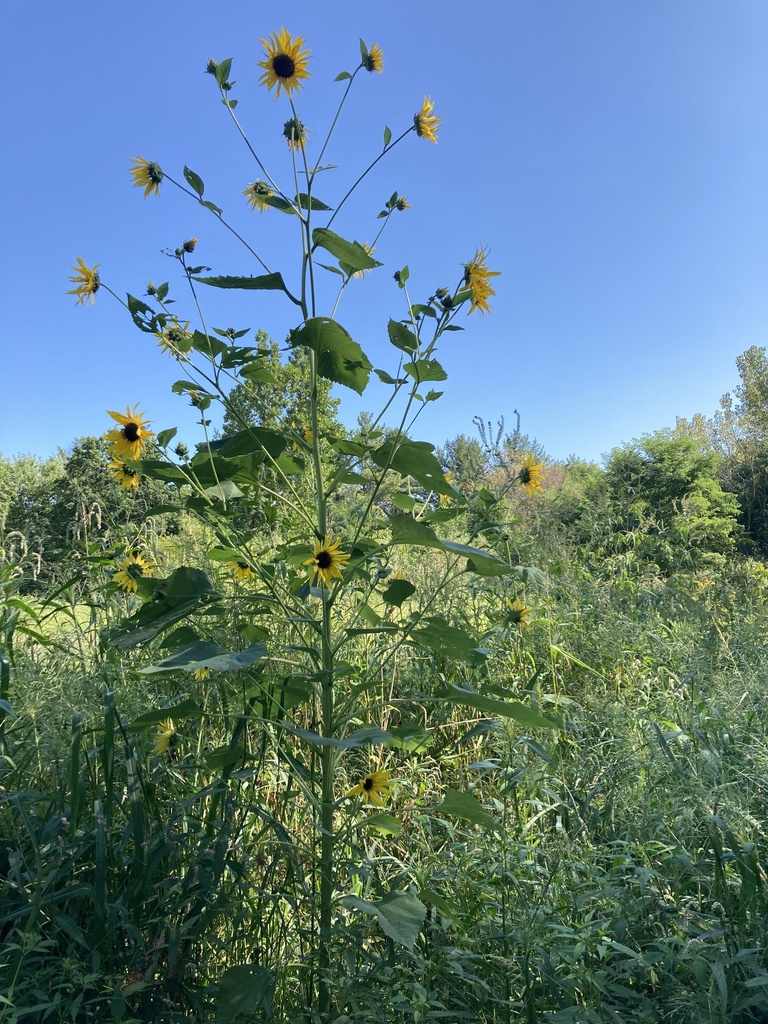Guest post by DJ Connors
Urban nature preserves are essential green spaces that provide an oasis for wildlife and people alike. These preserves are not only places of beauty and recreation. They also play a crucial role in wildlife management, particularly when it comes to controlling deer populations. Let’s explore the importance of deer hunting in these areas and how it benefits both the environment and the community.
The Importance of Deer Management
Across many urban and suburban areas, deer populations have exploded due to the absence of natural predators. This overpopulation leads to significant ecological challenges, including the destruction of native plants and the rise of invasive species.
Too many deer can strip an area of its vegetation, which disrupts the food web, reduces biodiversity, and ultimately changes the landscape. In some regions of the country, deer browse has led to a significant reduction of native wildflowers, which in turn affects bird populations and other wildlife that rely on these plants for food and shelter.
Beyond the ecological impact, high deer populations also lead to increased human-deer conflicts, particularly car accidents. In areas with dense deer populations, the likelihood of vehicle collisions with deer rises, posing serious safety risks and economic costs.
The Indiana Department of Natural Resources (DNR) has implemented deer reduction zones to address these challenges in urban settings, where managing deer populations is both a conservation and public safety priority.
Why Indiana DNR Supports Urban Deer Zones
The Indiana DNR’s Urban Deer Zone program is a proactive approach to managing deer in densely populated areas. These zones are designated in parts of the state where deer numbers are particularly high, allowing for extended hunting seasons and more liberal bag limits to reduce the population. The goal is not only to protect the environment but also to reduce the risks associated with deer overpopulation, such as car accidents and damage to agricultural crops and residential landscaping.
By actively managing deer populations through hunting, these programs help maintain a balance between wildlife and human communities, ensuring that natural habitats can thrive and that urban areas remain safe for residents.
The Intangible Benefits of Hunting
Beyond the practical aspects of population control, hunting offers hunters a deep connection with nature. It requires an intimate understanding of the animal’s life, from its habits and behaviors to its role in the ecosystem. This knowledge fosters a profound appreciation for the deer and the natural world, promoting a conservation ethic among hunters.
Hunting also offers significant mental health benefits. Spending time in nature has anecdotally been shown to reduce stress, improve mood, and enhance overall well-being. The quiet, reflective time spent in the wilderness, coupled with the physical activity of hunting, contributes to a healthier lifestyle and a greater sense of peace.
Conclusion
Nature preserves in urban areas are more than just patches of green in the city—they are vital for maintaining ecological balance and providing valuable recreational opportunities. Deer hunting, as part of a broader wildlife management strategy, ensures that these areas remain vibrant and sustainable.
The Indiana DNR’s efforts to manage deer populations in urban zones highlight the importance of these programs for both environmental and human health. For those who participate in hunting, the experience offers not just the thrill of the hunt but a deeper connection to nature and a commitment to conservation.
Next time you visit a nature preserve, remember the important role that hunting plays in preserving many of these spaces for future generations. It’s a win-win for nature-lovers and hunters alike.

DJ Connors
Guest Blogger